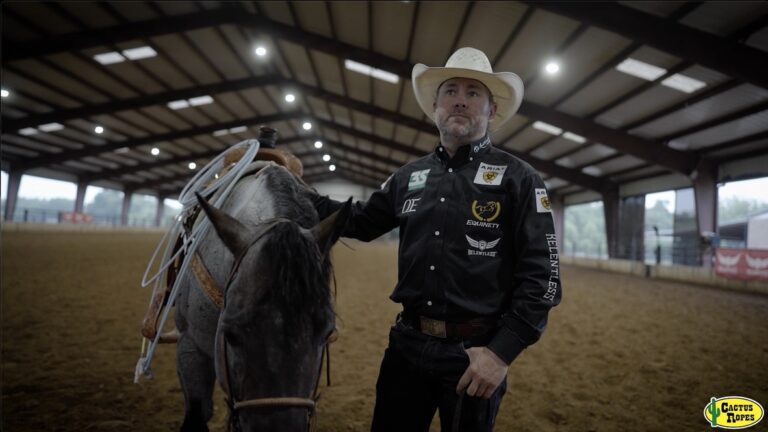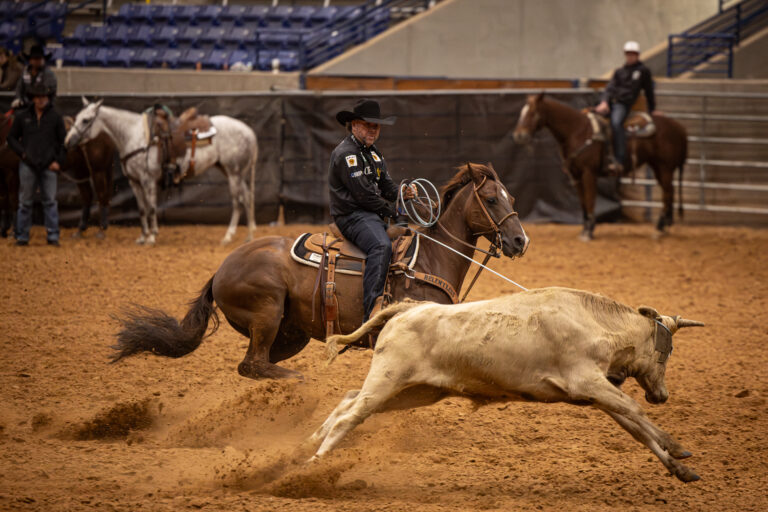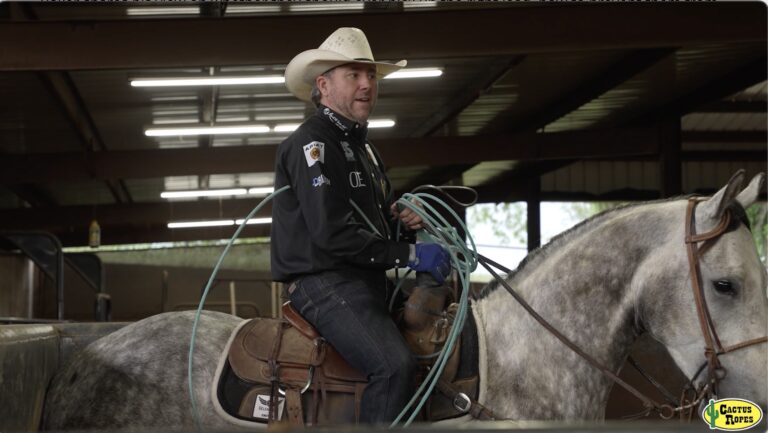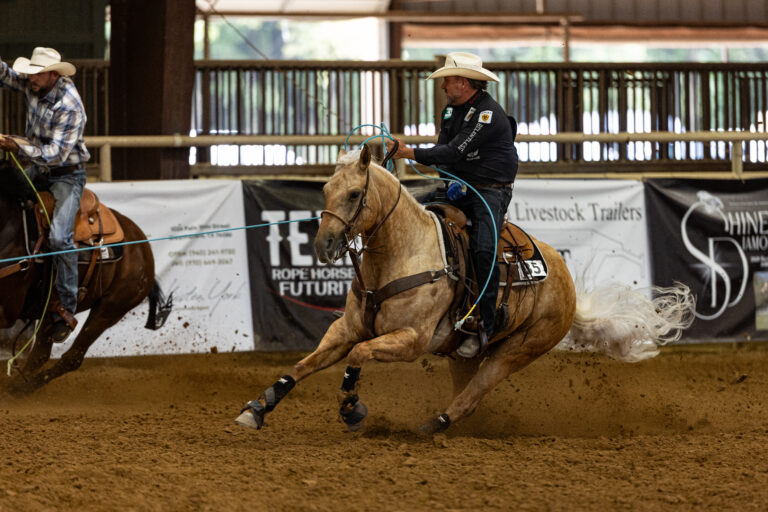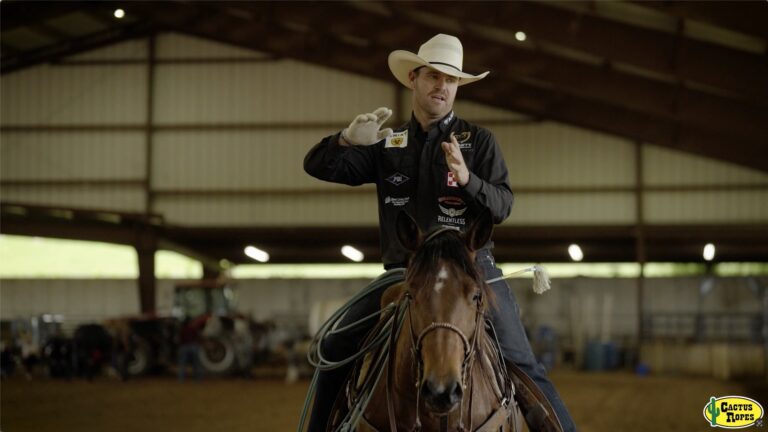Question: What is Trevor Brazile’s take on bits and what are his general go-to’s that he’ll use for common problems?
— Brandon Reinhart, Granger, Texas
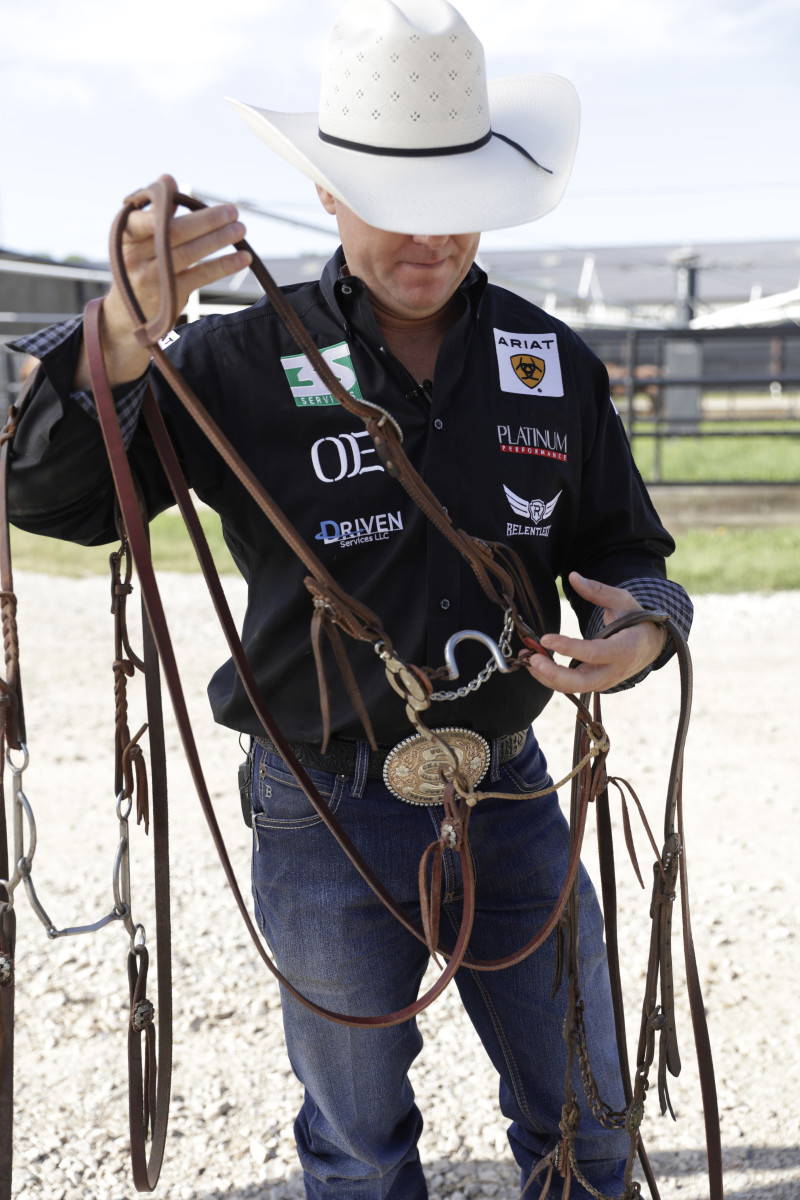
Answer: As much as I like one bit over the other, the horse will tell you what they’re comfortable with.
When I get a horse in to ride, I’ll take out two bits—a chain and a port. I need to know what kind of bit each horse is most comfortable in in the box. A horse will tell you more in the box than he will anywhere in the run, and if a horse doesn’t score, then he’s no good to you anywhere else anyway. The box is where I address everything right off the bat.
I don’t start with one bit over the other, but I’ll ride them both throughout the day. I want to see if a horse is more comfortable with or afraid of a port. The response is usually 50/50; half the horses like the tongue pressure of a chain bit—more relaxed with that constant pressure—and half are a little pushier and like the tongue relief of a port, where they feel the pressure on their bars.
If I’ve tried to make the horse comfortable with the port or the straight chain, and the horse is wanting to be afraid of the bit or he wants to come back when the gates bang, it’s not my first choice, but somewhere in the progression I’ll go to a gag bit. If the horse was rushed into a curb or ridden wrong with a curb too early, a lot of them will relax with a gag.
A gag is probably my last choice, but it’s worked on a lot of horses and even some great horses. There are a lot of different types of gags out there, but the main thing about a gag bit and the success you can have in the box is that there’s no curb pressure. A lot of horses will relax in the box or not react to the gates as much if they have confidence leaning into a gag.
When you’ve got your horse comfortable in a gag, you can add a leather curb to it, and it hits a little higher. They might react differently to a curb with a different placement than in their prior experiences, taking away some of the stress from the curb.




